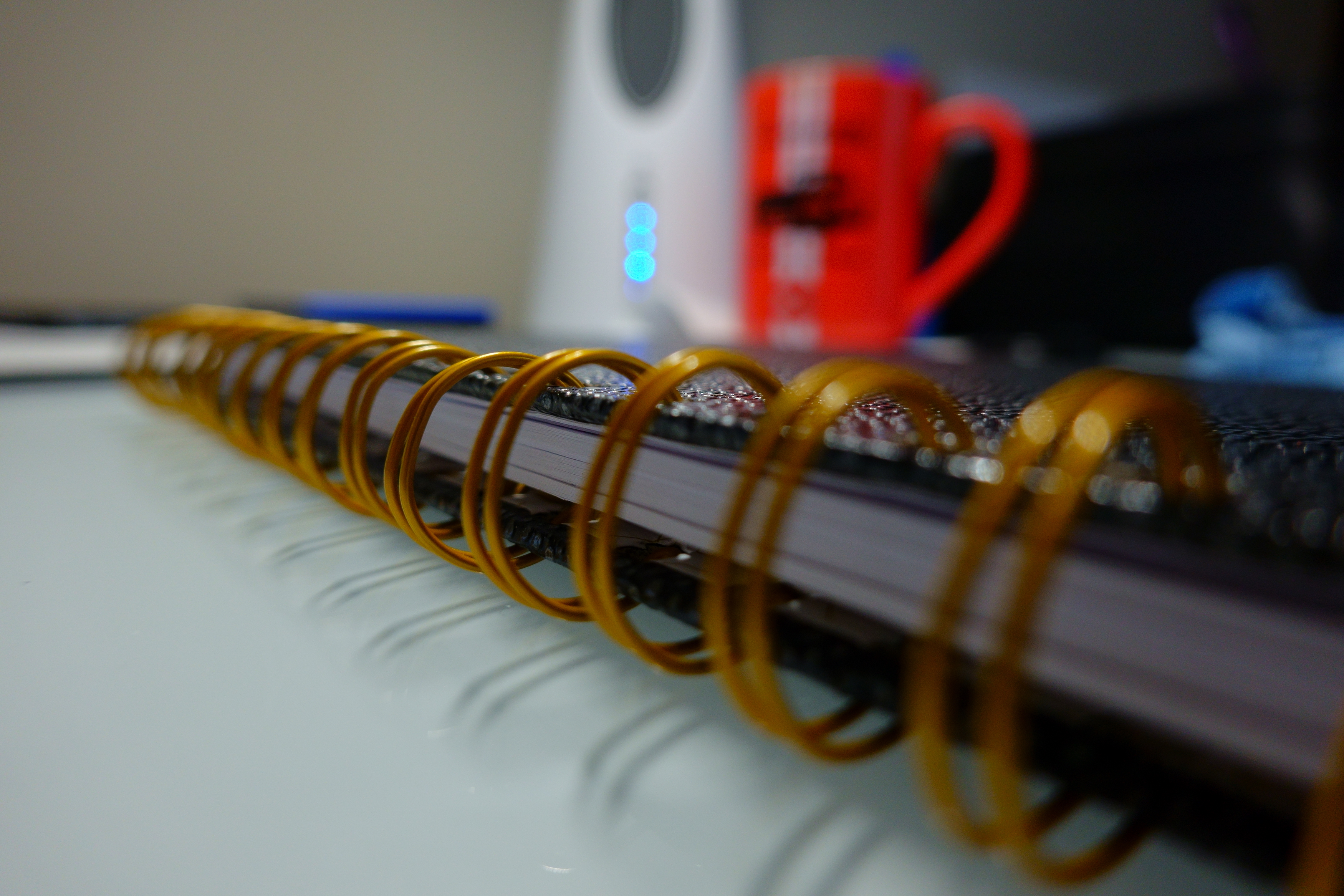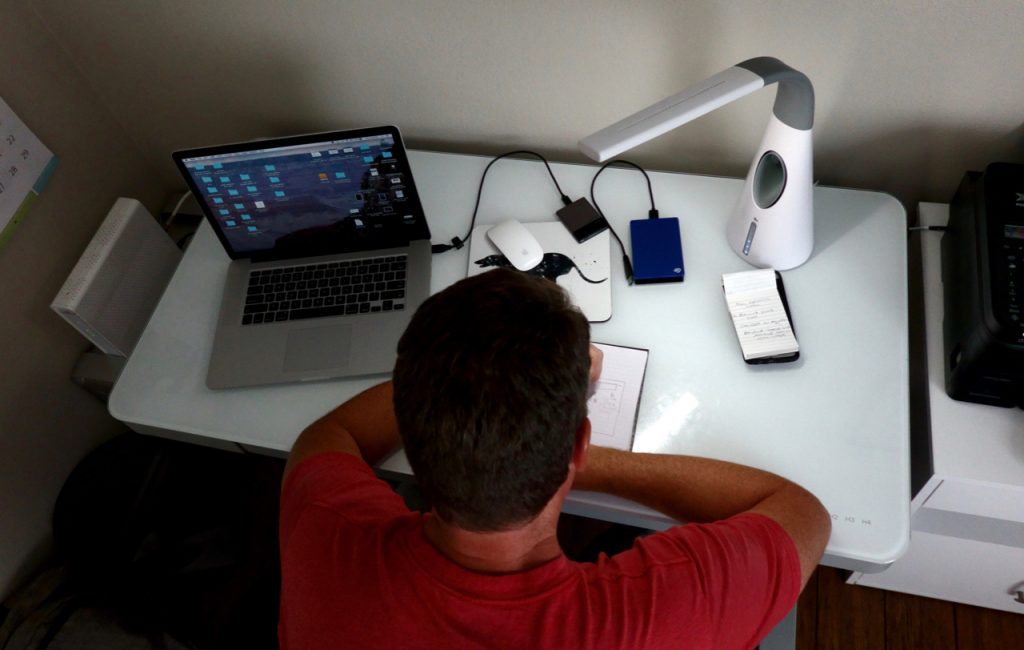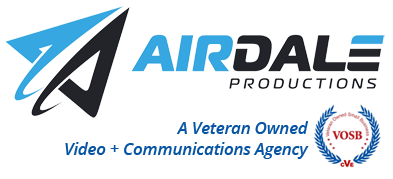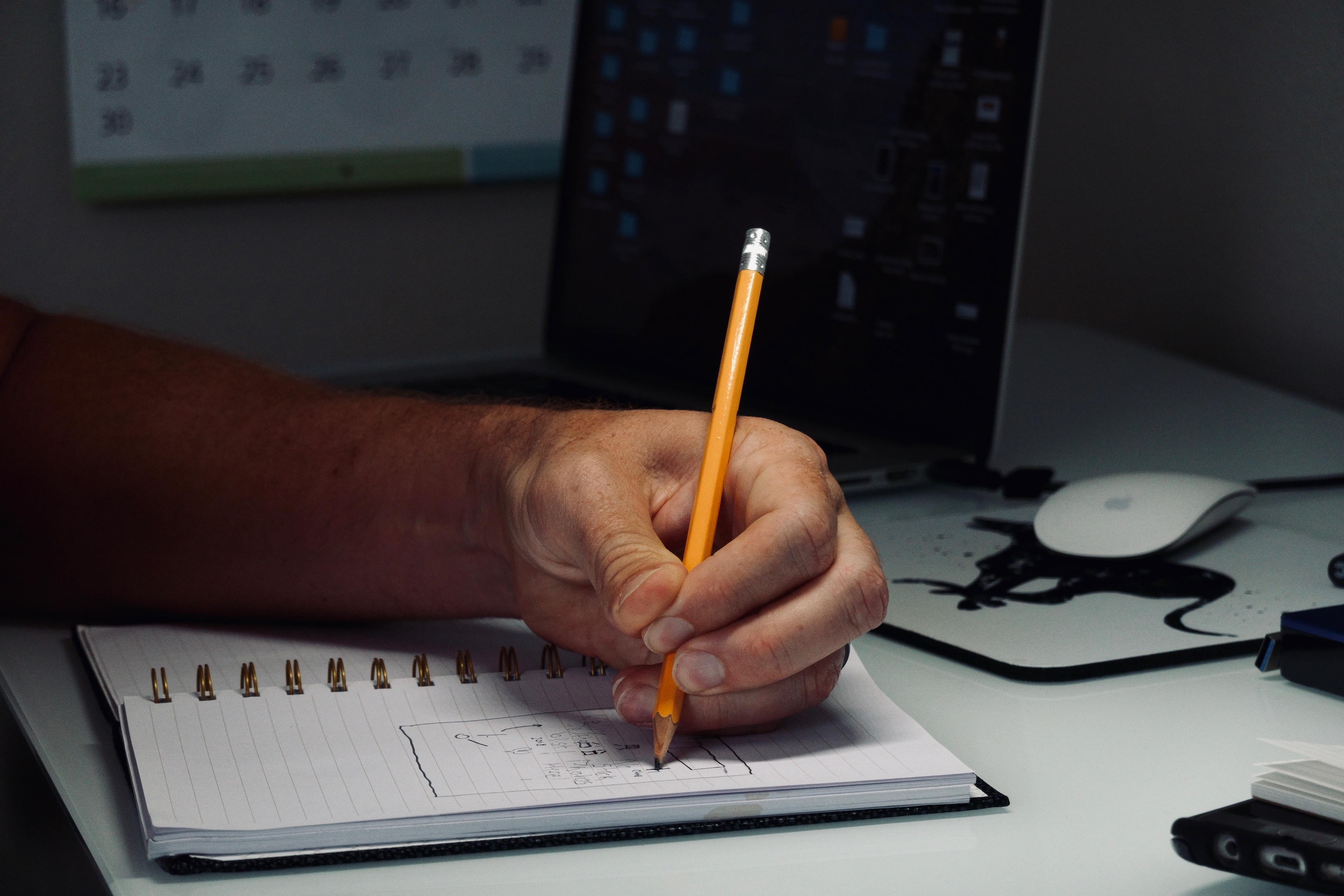
Storyboards: Are they useful in corporate video production?
The short answer: yes
The long answer: see below
Storyboards. The Merriam-Webster dictionary defines it this way. “A series of drawings or pictures that show the changes of scenes and actions for a movie, television show, etc.”
I see no mention of corporate video production in the definition, except in the etc. at the very end. So, can we use storyboards, are they useful, and when should we use them? Storyboards can be as simple or as complex as you choose to make them. Me personally? I tend to use them in simplistic ways for individual scenes, rather than the whole production itself. I use production outlines for that phase of the project. I’m also not the world’s greatest artist, so to get an idea out onto paper, I will use stick figure drawings and try to visually show where cameras and lights will be placed in the scene.
Where storyboards really standout and are helpful in my video production world is that in-between time after I have done my pre-production meetings and location scouting, but I have not entered the production phase of the project.

How can storyboards help you?
1. They keep you organized
The first way storyboards can help your project is organization. Visually drawing out a concept onto paper is a good way to test whether a scene will work and also, what kind of equipment you’ll need. You can write out camera movements, block actors, visualize if a light that you placed in the background will be there at the end of the camera movement. For this type of work, I tend to use top down drawings. I’ll take my location photos that I gathered, then I’ll sketch out the room as how I would see it if I was looking at it from straight down. I will also couple that with sketches on what the camera will be seeing, in other words, the action taking place in the frame. Do I do all this for every single project I work on? Of course not. For my latest corporate video, I wasn’t able to scout the location at all, so I had to work quickly and visualize what I wanted, right when I got there. In situations like that, experience counts. For that project, I had an overall outline of subjects within the video that needed to be covered, but I couldn’t really storyboard anything out, because we really did not know what elements were going to go in which order. To say it was fluid would be a mild understatement.
2. They keep costs down
Storyboards can help drive the costs down on your production. The biggest cost to productions is time – especially when you are on set and everyone is there, ready to go. Time is money and if you have gone through and storyboarded your script and visualized out where different production elements will be and how different scenes will be shot, you will be more efficient, and efficiency means less money being spent.
3. They help you visualize
The third way is that storyboards can help you visualize the story that you are trying to tell. When you have your storyboards done, you can sit back and see how the overall production is coming together, whether you are missing any elements in your story, if the scenes make sense, and also if you have included everything in your production that you need to include. Better to find out in the storyboard phase of the project, rather than when everyone is on set and you realize you need to include another piece to the story.
Lastly, I want to make this point. Don’t be locked in to your storyboard that you can’t accept new ideas, even if they come to you while you are on location while you are shooting. Good ideas can pop up at anytime. Just be fluid and not rigid with yourself. Even if the storyboard that you’ve made does not call for this shot or scene, allow yourself the space to accept new ideas and plans. And finally, don’t forget to bring your storyboard with you to set. It can be your go to shooting reference and shows clients that you have made the effort to plan and that you’re engaged with the project that you are about to shoot.
Agree? Disagree? Leave me a comment and tell me how storyboards have helped you, or whether you just skip this step in your production workflow altogether.
To contact Chris about your next corporate video or photo shoot, just shoot him an email at chris@airdaleproductions.com.



Recent Comments